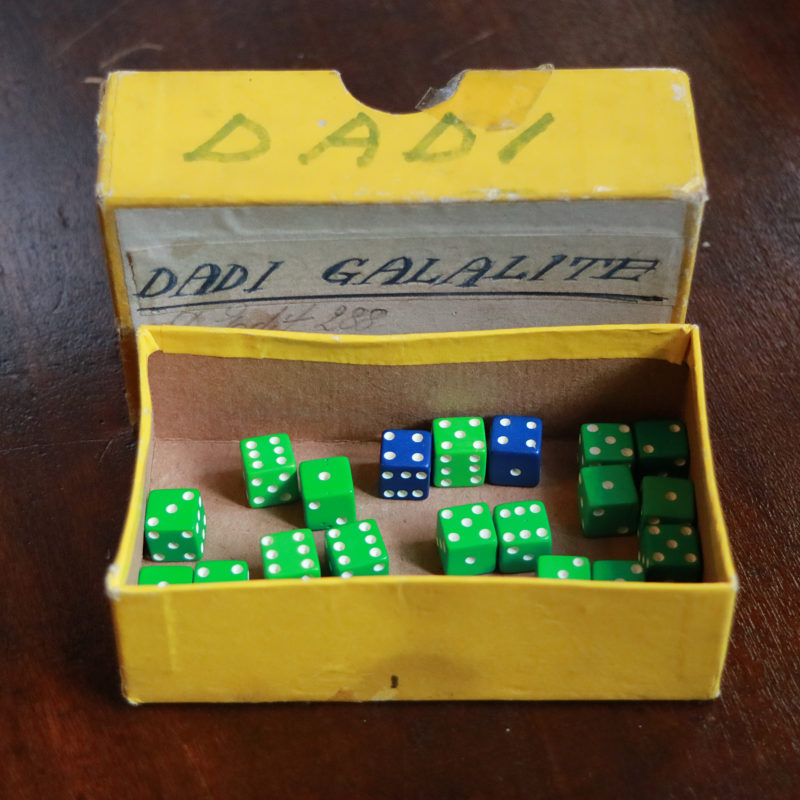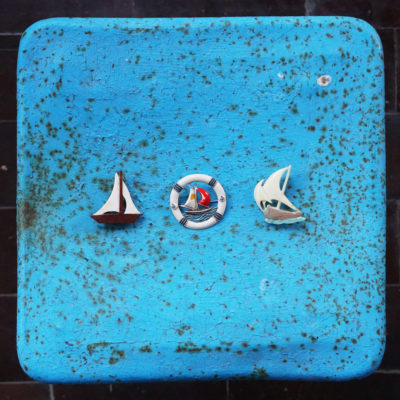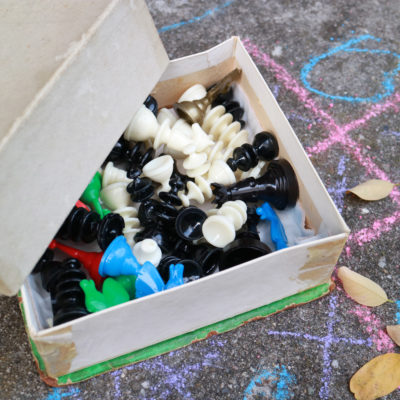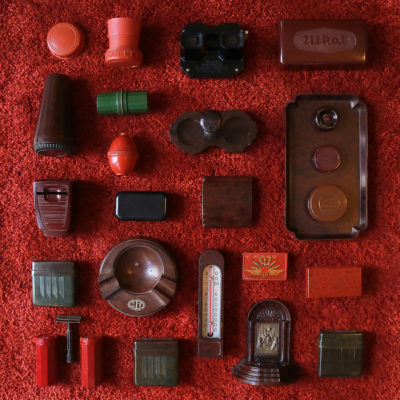Souvenir Ashtray
The Melamine
After introducing the collector of the souvenir ashtrays and the illustrator who creates the backgrounds for our works, we would like to examine the material that the objects themselves are made of: melamine. In order to do so, we solicited the support of a world expert on collecting and materials (who also happens to be the father of 50% of PetriPaselli) and asked him to talk about this material in a light and intriguing way. Here is what we got. Enjoy!
Melamine, a rich yet humble material! A close relative of bakelite, another extraordinary technical instrument used by artists. Both materials are thermosetting resins which can be shaped and poured into special molds only once, since the physico-chemical process is irreversible. Like bakelite, it can be integrated with color pigments or with other substances capable of emphasizing or modifying its features. Because of their mechanical, elastic, thermal insulating and low electroconductivity qualities, both resins are used for producing pieces for electric devices (recessed boxes, switch bodies, bells, bulb sockets), household appliances and their elements, medical electrical equipment, containers, dishes, crockery, décor objects, bijou, games and souvenirs, parts for fixtures and technological equipment, electric and electronic components subject to frequent use at temperatures above the plasticity threshold of thermoplastic resins.
Melamine has a neutral, light sand-grey color, but it can be integrated with pigments and acquire different colors. By adding diatomaceous earth (diatomite), glass fiber and granules of inert materials, it is possible to enhance its isolating and non-conductive qualities. Compared to bakelite, melamine is lighter and more elastic and therefore can be used with thinner objects, for example, in games and models, as well as for creating bijoux and accessories for clothes. Like bakelite and Perspex, the objects made of melamine can have polished and shiny surfaces which can be achieved by molding or treating objects with very fine abrasives. Without any doubt, that quality as well makes melamine a perfect material for decorative objects.
This material (similarly to bakelite and self-sufficient galalith) allows for incorporating granules or tiny fabric fragments, as well as other thermosetting color resins and milled fragments. This operation helps create objects with a “recycled” or “vintage” air, objects that seem to have a more outdated and noble origin compared with objective reality, making these objects more desirable for collectors and increasing their subjective market value. The material was used a lot in the 50s and 60s as an alternative to or in combination with sheet metal in the games made in the USA, Germany and Japan, but also in INGAP, Marchesini, Mebel, Bonomi and Quercetti in Italy, in Dux and Joustra in France and in Victory in Great Britain.
Such a great material!!!!
Ferdinando Petri



 Italiano
Italiano







